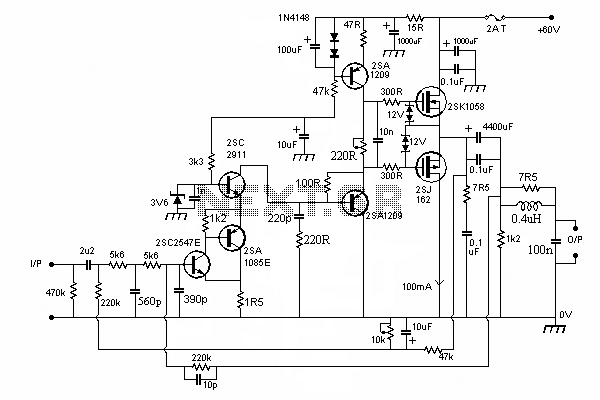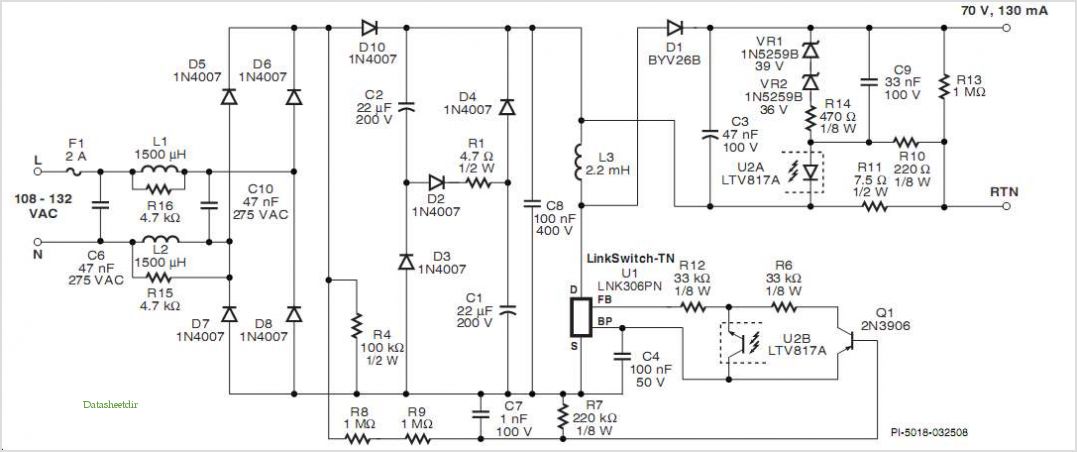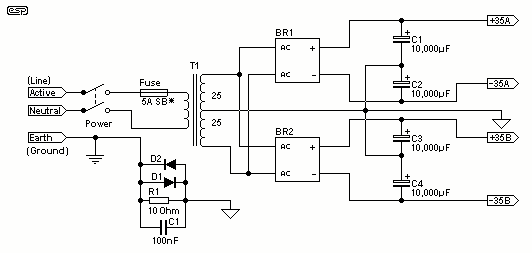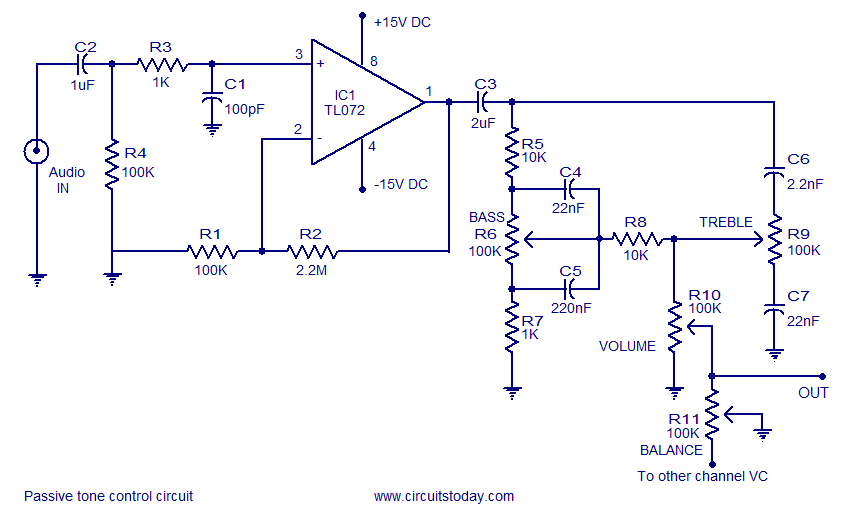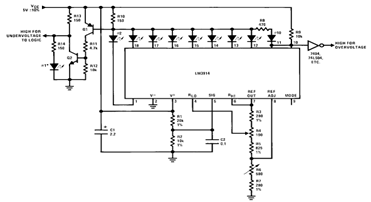
Simple Audio amplifier Using Transistors

Construct a basic audio amplifier utilizing transistors. While integrated circuit (IC) designs are available for this purpose, the intention is to use transistors to gain practical knowledge about their amplification capabilities. The article "Amplifier Basics - How Amps Work (Intro)" by Rod Elliott provides a substantial overview of the fundamentals of using transistors in amplification. It does not serve as a construction guide but emphasizes the theoretical aspects.
The design of a simple audio amplifier using transistors typically involves a few key components: the transistors themselves, resistors, capacitors, and a power supply. The most common transistor types used in audio applications are bipolar junction transistors (BJTs) or field-effect transistors (FETs).
The basic configuration for a transistor amplifier is the common emitter configuration, which provides voltage gain. In this setup, the input signal is applied to the base of the transistor, and the output is taken from the collector. A resistor is connected to the collector to convert the varying current into a voltage signal. The emitter is usually connected to ground through an emitter resistor, which helps stabilize the operating point of the transistor.
To enhance the performance of the amplifier, coupling capacitors are often used at the input and output stages. These capacitors block any DC offset from the input signal while allowing the AC audio signal to pass through. Additionally, bypass capacitors can be employed across the emitter resistor to increase gain at higher frequencies.
Power supply considerations are crucial for ensuring that the amplifier operates within the desired voltage range. A dual power supply configuration (positive and negative voltages) is commonly used to allow for a symmetric output signal, which is particularly important for audio applications.
In summary, building a simple audio amplifier with transistors involves understanding the fundamental principles of transistor operation, selecting appropriate components, and designing the circuit layout to achieve the desired amplification characteristics. Resources such as Rod Elliott's article can provide valuable theoretical insights, while practical experimentation will enhance comprehension of transistor behavior in amplification applications.Build a simple audio amplifier using transistors. I know there are IC designs specifically for the task. But i want to use transistors so i can learn how to use them for amplification. Amplifier Basics - How Amps Work (Intro) by Rod Elliott covers a good percentage of the basics of using transistors as an amplifier. It is not a construction article, but focuses on explaining the basics. mctylr Jul 26 `12 at 18:24 🔗 External reference
The design of a simple audio amplifier using transistors typically involves a few key components: the transistors themselves, resistors, capacitors, and a power supply. The most common transistor types used in audio applications are bipolar junction transistors (BJTs) or field-effect transistors (FETs).
The basic configuration for a transistor amplifier is the common emitter configuration, which provides voltage gain. In this setup, the input signal is applied to the base of the transistor, and the output is taken from the collector. A resistor is connected to the collector to convert the varying current into a voltage signal. The emitter is usually connected to ground through an emitter resistor, which helps stabilize the operating point of the transistor.
To enhance the performance of the amplifier, coupling capacitors are often used at the input and output stages. These capacitors block any DC offset from the input signal while allowing the AC audio signal to pass through. Additionally, bypass capacitors can be employed across the emitter resistor to increase gain at higher frequencies.
Power supply considerations are crucial for ensuring that the amplifier operates within the desired voltage range. A dual power supply configuration (positive and negative voltages) is commonly used to allow for a symmetric output signal, which is particularly important for audio applications.
In summary, building a simple audio amplifier with transistors involves understanding the fundamental principles of transistor operation, selecting appropriate components, and designing the circuit layout to achieve the desired amplification characteristics. Resources such as Rod Elliott's article can provide valuable theoretical insights, while practical experimentation will enhance comprehension of transistor behavior in amplification applications.Build a simple audio amplifier using transistors. I know there are IC designs specifically for the task. But i want to use transistors so i can learn how to use them for amplification. Amplifier Basics - How Amps Work (Intro) by Rod Elliott covers a good percentage of the basics of using transistors as an amplifier. It is not a construction article, but focuses on explaining the basics. mctylr Jul 26 `12 at 18:24 🔗 External reference
Warning: include(partials/cookie-banner.php): Failed to open stream: Permission denied in /var/www/html/nextgr/view-circuit.php on line 713
Warning: include(): Failed opening 'partials/cookie-banner.php' for inclusion (include_path='.:/usr/share/php') in /var/www/html/nextgr/view-circuit.php on line 713
